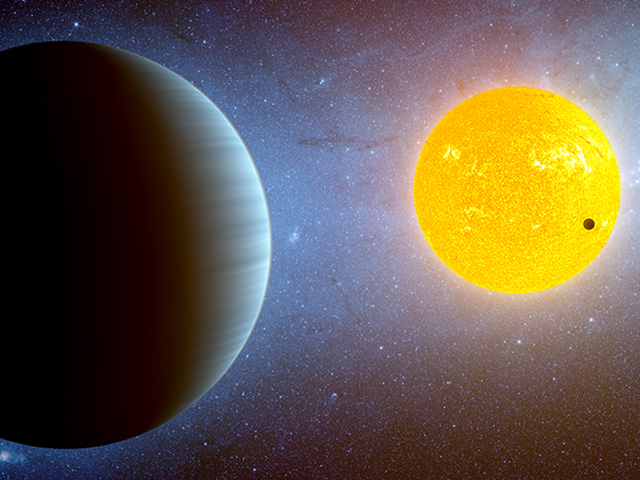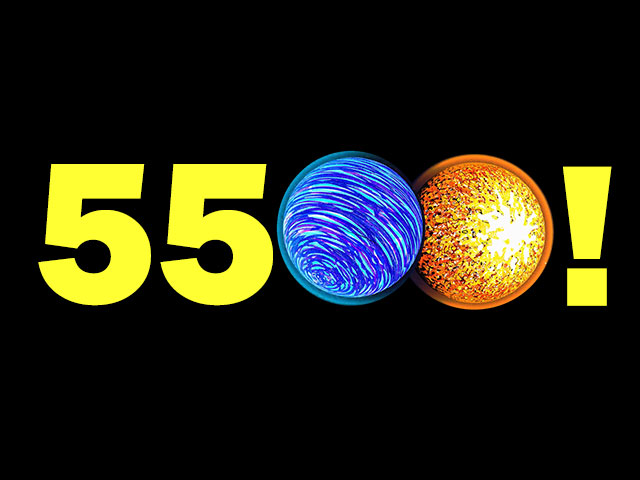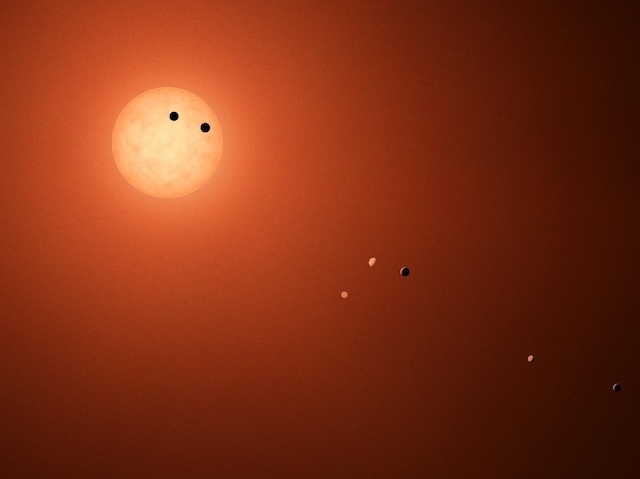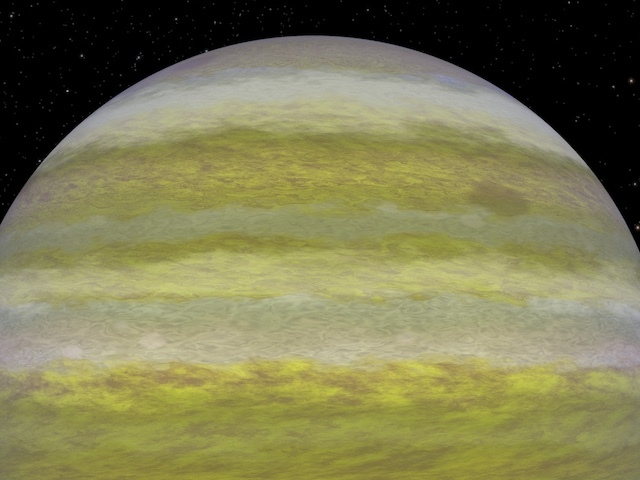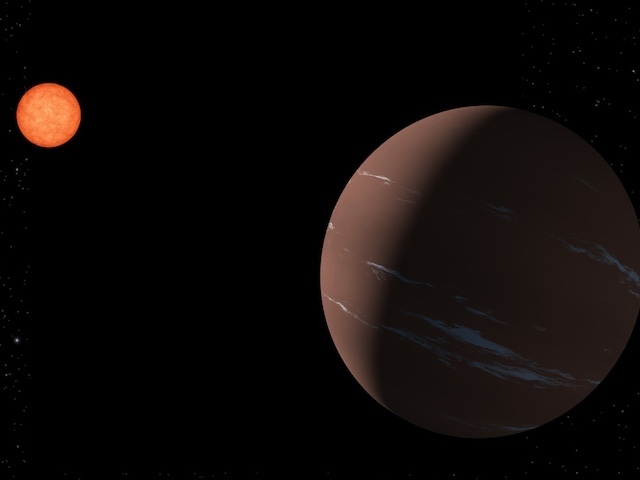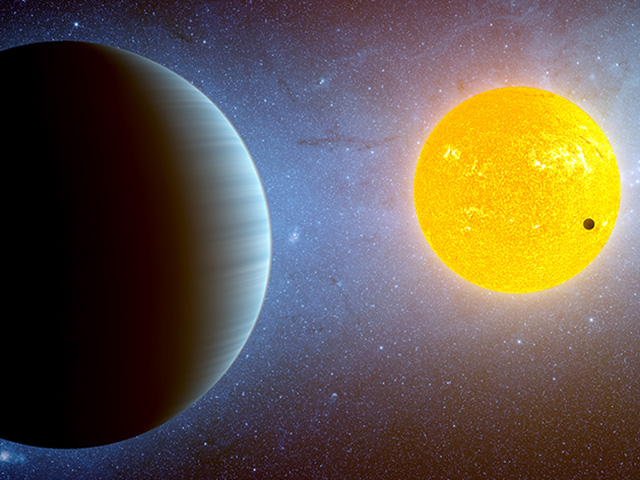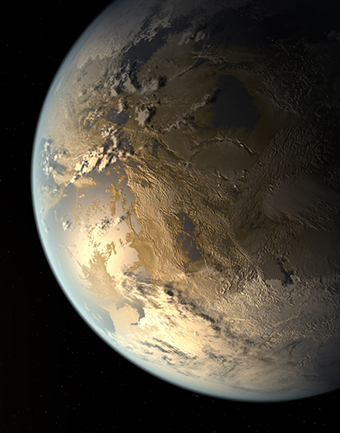News | August 22, 2023
Discovery Alert: On Our Galaxy's Outskirts, a Poverty of Planets
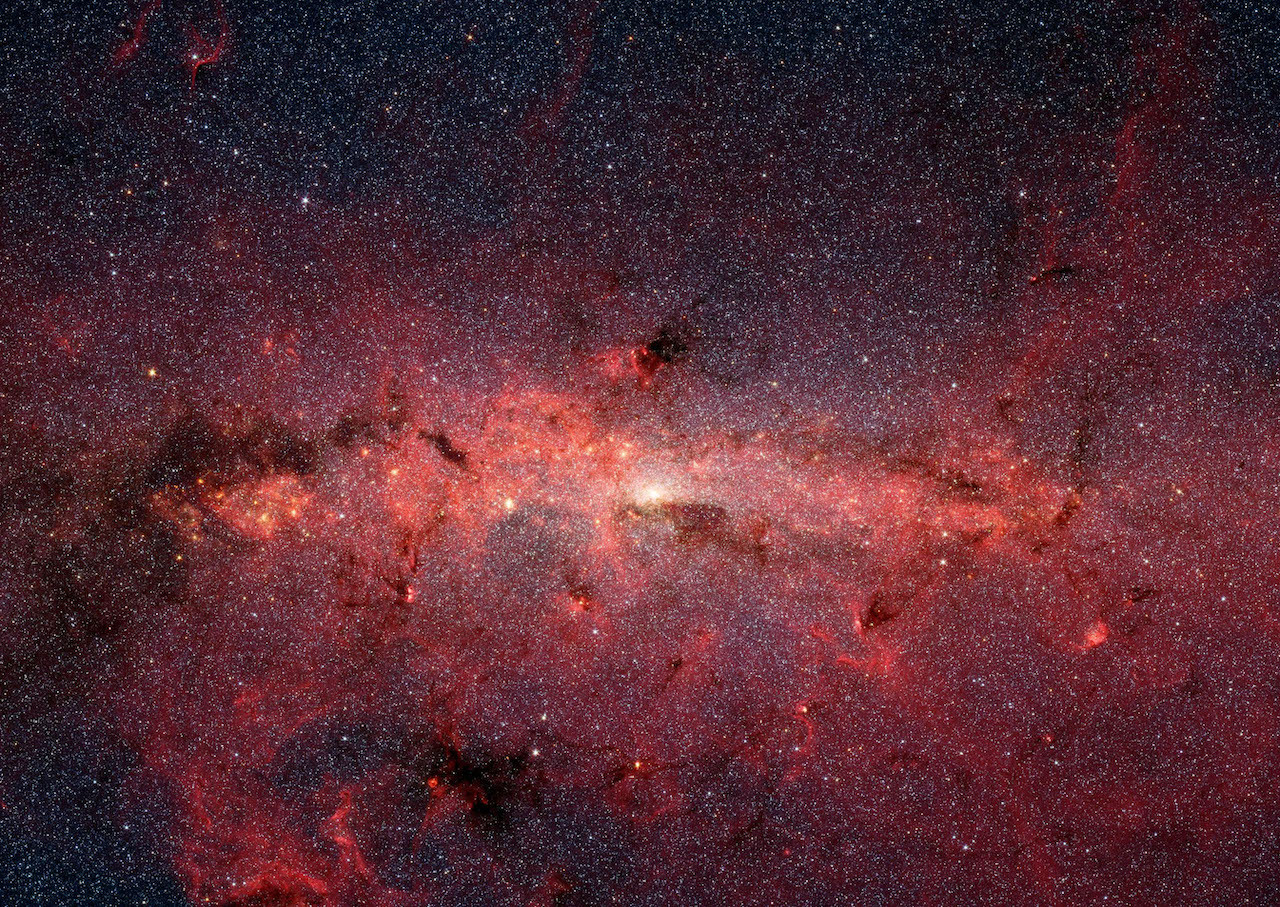
The center of the Milky Way galaxy in infrared light, as seen by the Spitzer Space Telescope. A recent study shows fewer of the most common planet types on the outskirts of our galaxy. Image Credit: NASA, JPL-Caltech, Susan Stolovy (SSC/Caltech) et al.
The discovery: A meticulous survey of planet populations finds that stars on the fringes of the Milky Way possess fewer of the most common planet types. The finding suggests that the process of planet formation – and the resulting families of planets – might differ from one galactic neighborhood to the next.
Key facts: A persistent question for astronomers has been, in a sense, whether our galaxy has “provinces.” Do systems of planets in one region of the Milky Way look different than they do in another? Or is there no discernable pattern among this sprawling, spiraling assembly of stars? A new study comes down firmly on the side of a clearly identifiable pattern. Stars far from the galactic plane – the thicker, pancake-like concentration of stars that is home to the densest stellar populations – show a notable lack of the two most common types of planets. “Super-Earths,” which could be hulking versions of our own rocky planet, and “sub-Neptunes,” possibly smaller versions of our own Neptune, are far less common in the galaxy’s sparsely populated outer reaches. No one knows why.
Details: A team of astronomers led by Jon Zink of Caltech used data from NASA’s history-making Kepler Space Telescope to conduct a kind of demographic survey of the galaxy. Kepler, retired by NASA when it ran out of fuel in 2018, had a nine-year run of observations of exoplanets – planets around other stars. During its primary and secondary missions, called Kepler and K2, the space telescope discovered more than 3,300 confirmed planets, as well as many candidates that have yet to be confirmed. Zink’s team used updated techniques to screen out noise in the data and tidy up the planet count. To keep the analysis consistent, only planets with orbital periods – “years” – of one to 40 days made the final cut, leaving 2,038 planets for the sample used in the study. They then applied precision stellar mapping from the European Space Agency’s Gaia mission to firmly establish the positions of the planets’ host stars in relation to the Milky Way. This revealed a “galactic location trend.” Stars bob up and down on the galactic plane over tens of millions of years as they orbit the center of the galaxy; those ranging far from the galactic plane, the study found, host fewer super-Earth or sub-Neptune exoplanets. The paper on the new discovery mentions several possible reasons for such a pattern. What the paper calls “high amplitude” stars – those carried farther away from the Milky Way as they oscillate in their orbits over time – also are likely older as stars go. If gravitational instability sets in for these older systems, it might cause some of their planets to be kicked out. Or, these systems might have different abundances for certain elements, affecting how they form planets in the first place.
Fun facts: Another surprising trend emerged from the study. Astronomers and planetary scientists traditionally considered “sub-Saturns” – gas giants similar to Saturn, but smaller – to be closely linked to Jupiter-like planets during the process of planet formation. Instead, for orbital periods longer than 10 days, the study found three times more sub-Saturns than warm-Jupiters (Jupiter-like worlds hotter than our own Jupiter though not among the hottest). That suggests that the truly close relationship during planet formation is between sub-Saturns and sub-Neptunes, not sub-Saturns and Jovian planets.
The discoverers: The study, “Scaling K2. VI. Reduced Small-planet Occurrence in High-galactic-amplitude Stars,” was published June 1, 2023, in The Astronomical Journal, by lead author Jon K. Zink. The study’s 15 co-authors include scientists from universities across the United States, as well as a co-author associated with the University of Southern Queensland in Australia.

